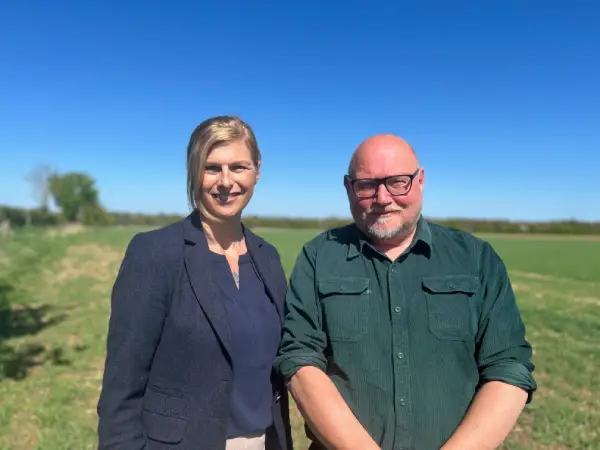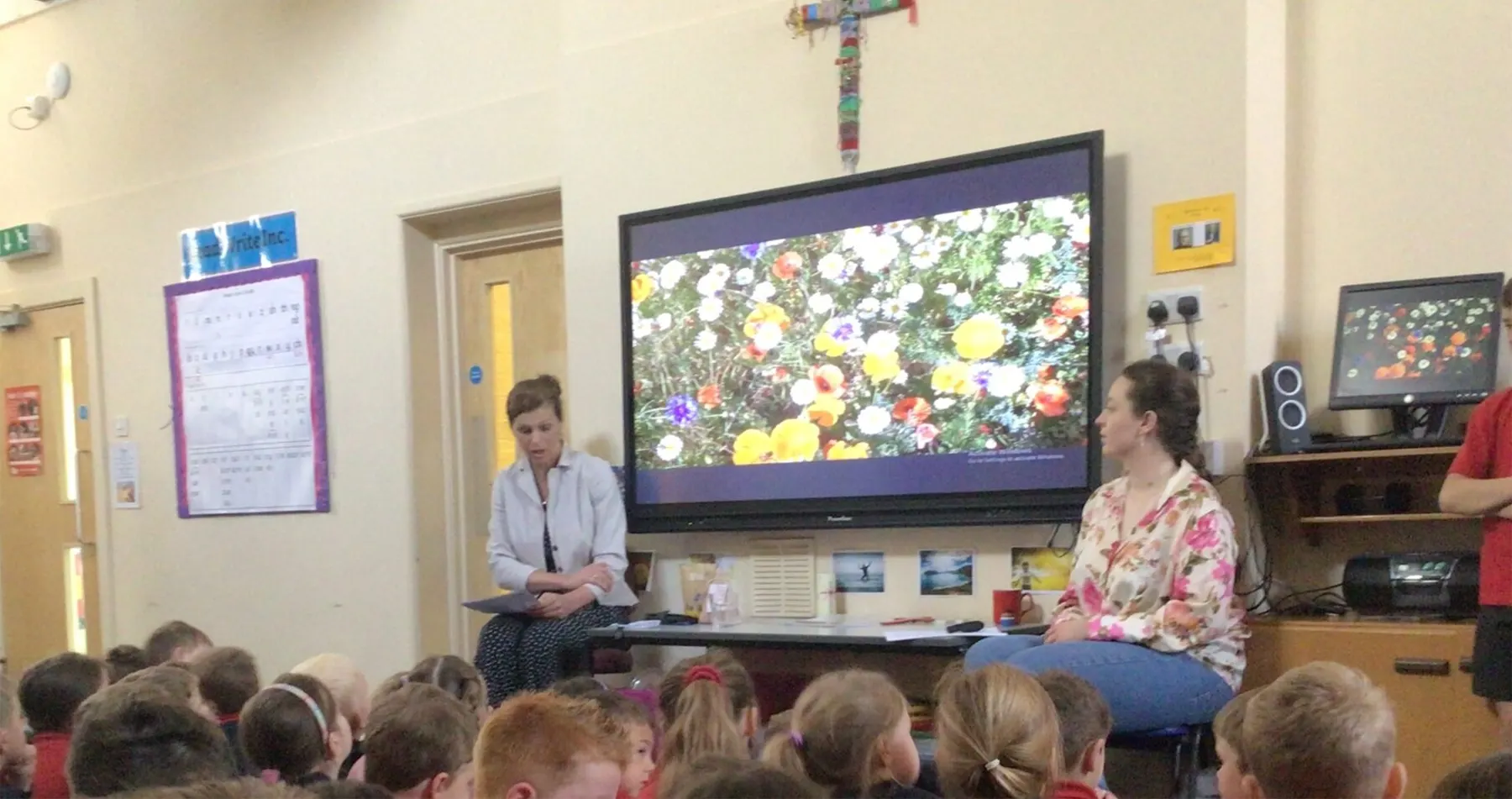
How to engage and delight a young audience
In our latest blog, we discuss how to engage a young audience, following our community outreach to local schools.
As the adage goes ‘never work with children or animals’ but presenting in the right way to a young audience can be a fantastic way for them to learn about things that are outside of their curriculum, and which can broaden horizons and support in promoting traits such as curiosity to help them to develop into well-rounded young people.
However, teachers will tell you that the toughest audience to engage are aged between 5-10 years old, so with that in mind, we set out to talk to local primary schools near Pinstone in Herefordshire on the important topic of the big role the small bee plays here at home and in far away lands.
Our top tips for presenting to children
Keep it short The average 6-year-old has an attention span under 10 minutes while a 12-year-old has an attention span of 20 minutes and a 17-year-old has an attention span of 40 minutes. With this in mind, keep your presentation short and sweet. Cutting it down to just to the key points and dwelling on the more exciting aspects to build anticipation will keep your younger audience rapt. Keep it visual Avoid filling your presentation with slides with text, and keep the focus on pictures, video or graphics to retain attention. You could also try using a short piece of film footage. Getting the children to put their hands-up in answer to a question relating to images is also useful. Keep it slow but animated Did you know that children process spoken words at a much slower rates than adults can? The average 5-year-old can process up to 124 words per minute while some adults can speak at 190 words per minute!
- Leave pauses for dramatic effect to jolt the children back to attentiveness.
- Avoid speaking in a ‘flat’ tone and use your voice and volume of your words and a variable pace to keep the session animated.
- Consider your body language too to add more life to the presentation.
Keep it simple Depending on the age range of the children being presented to, you may have to strip out the more complicated aspects of your topic to keep the focus on the simplest parts that relate i some way to their world. Make sure that, where possible, you use simple sentences with one- or two-syllable words to make your presentation as accessible as possible.
Pinstone’s B Corp community outreach As part of Pinstone’s community outreach as a B Corp accredited agency, Catherine and Kate visited local schools around Leominster to convey to the children how small bees can make a big difference – both at home and overseas.
Speaking at Holmer CofE Academy and Ivington CofE Primary School, the children proved to test our prowess in adapting comms to the audience, given that clients, the media and other stakeholders in the farming, food and environment sectors. are more our usual fare. But the visits proved a wonderful opportunity to inspire curiosity. Through pictures and videos, Catherine and Kate told their story about their trip to Kenya where they saw how the beehives donated by Pinstone were going to make a difference to farmers in the South Rift Valley in tackling the significant problem of human - wildlife conflict. The beehives form part of a fence which protects local farmers crops from being trampled or eaten by elephants due to elephants’ natural fear of bees, that swarm when the fence is disturbed. It was a chance to open the eyes to the children about the challenges of remote farming communities overseas and how they live and work. Hearing the gasps of awe when we showed them the imagery and video of the elephants we saw close-up was hugely rewarding and we’d clearly conveyed that the humble bee has a lot more to offer than they thought. Find out more about the trip to Kenya here.
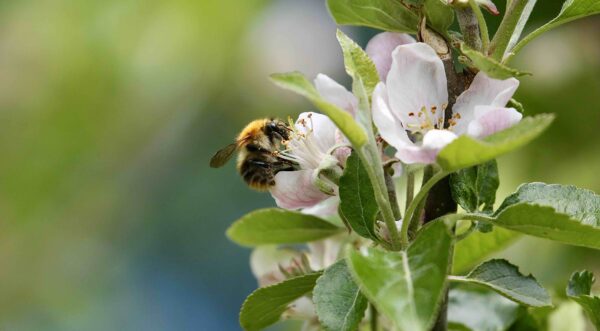
World Bee Day
It is timely that we share how we engaged young audiences on the important roles bee play on #WBD 2024. The work we do to support these important pollinators comes as part of our B Corp commitment to help protect the planet. We have promised to 'Bee good for pollination' by:
- Dedicating seven acres of our 40-acre orchard to pollination just five miles from our office. Here we have planted wildflower meadows and installed 10 beehives.
- We are also pledging 10% of the honey (around 90 jars) that our bees produce to our local foodbank.
- We are also supporting a local beekeeper’s micro business that will benefit from the other 90% of honey produced, to retail within his business.
More recent insights
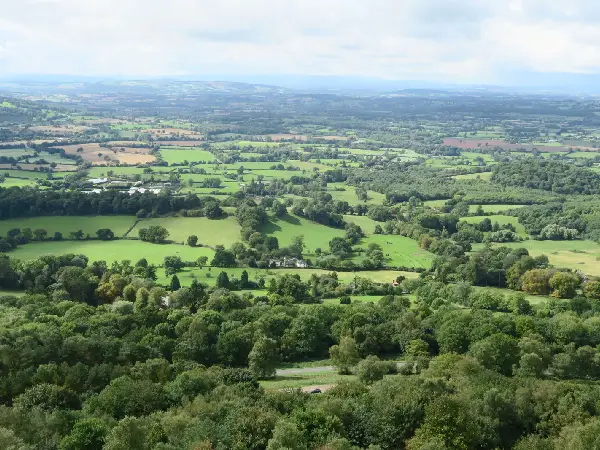
What is regenerative farming?
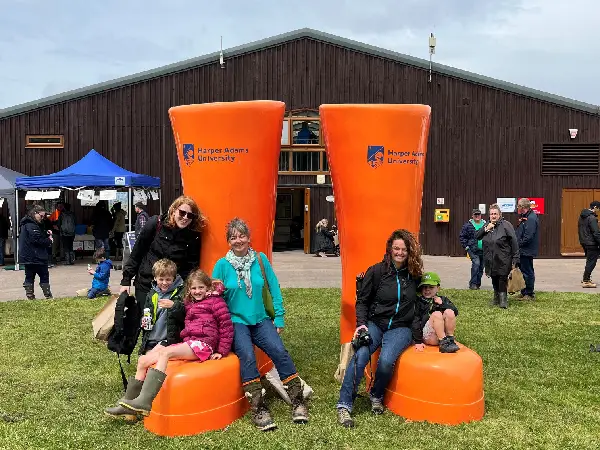
Open Farm Sunday – bringing comms strategy to life
